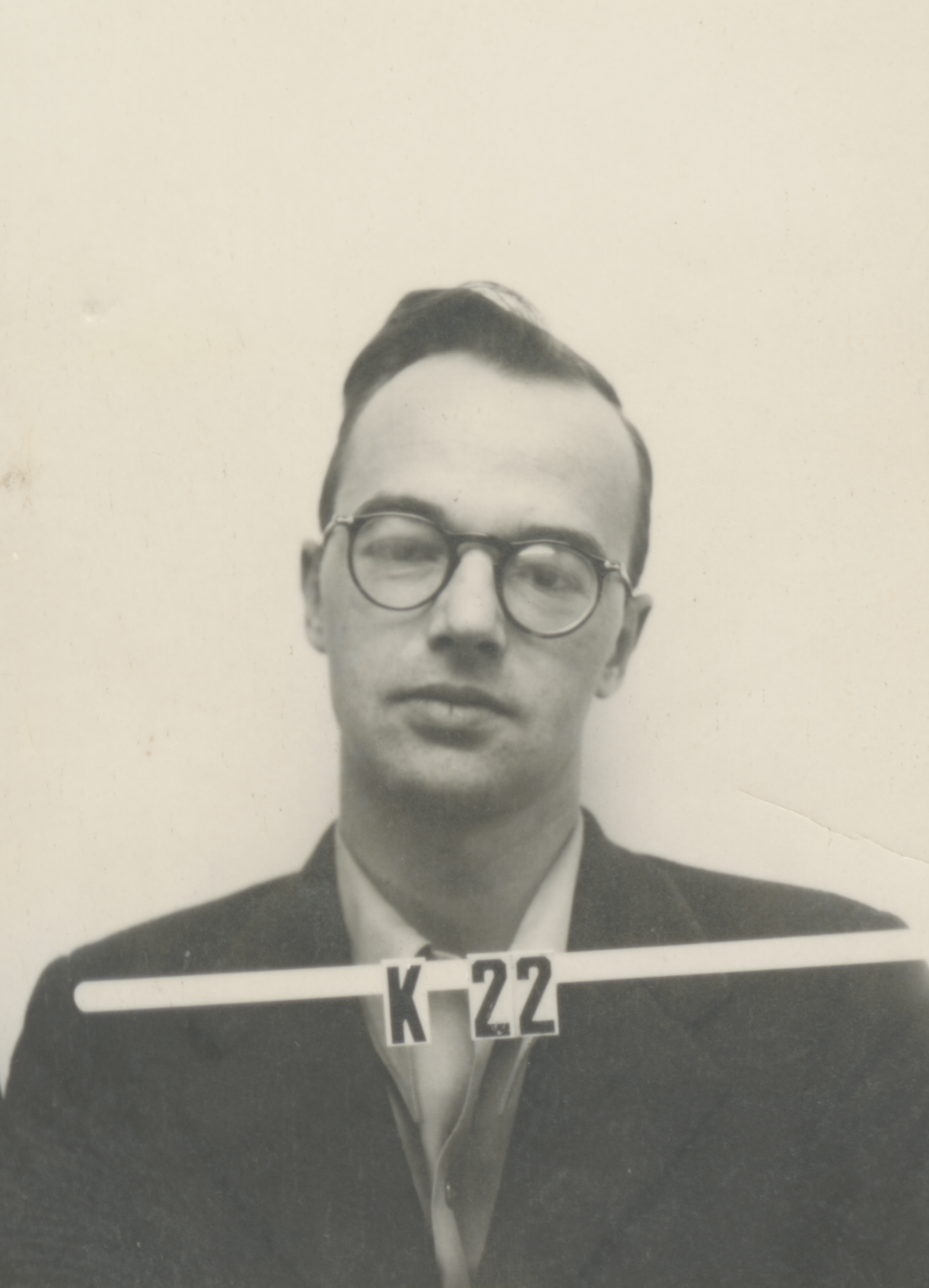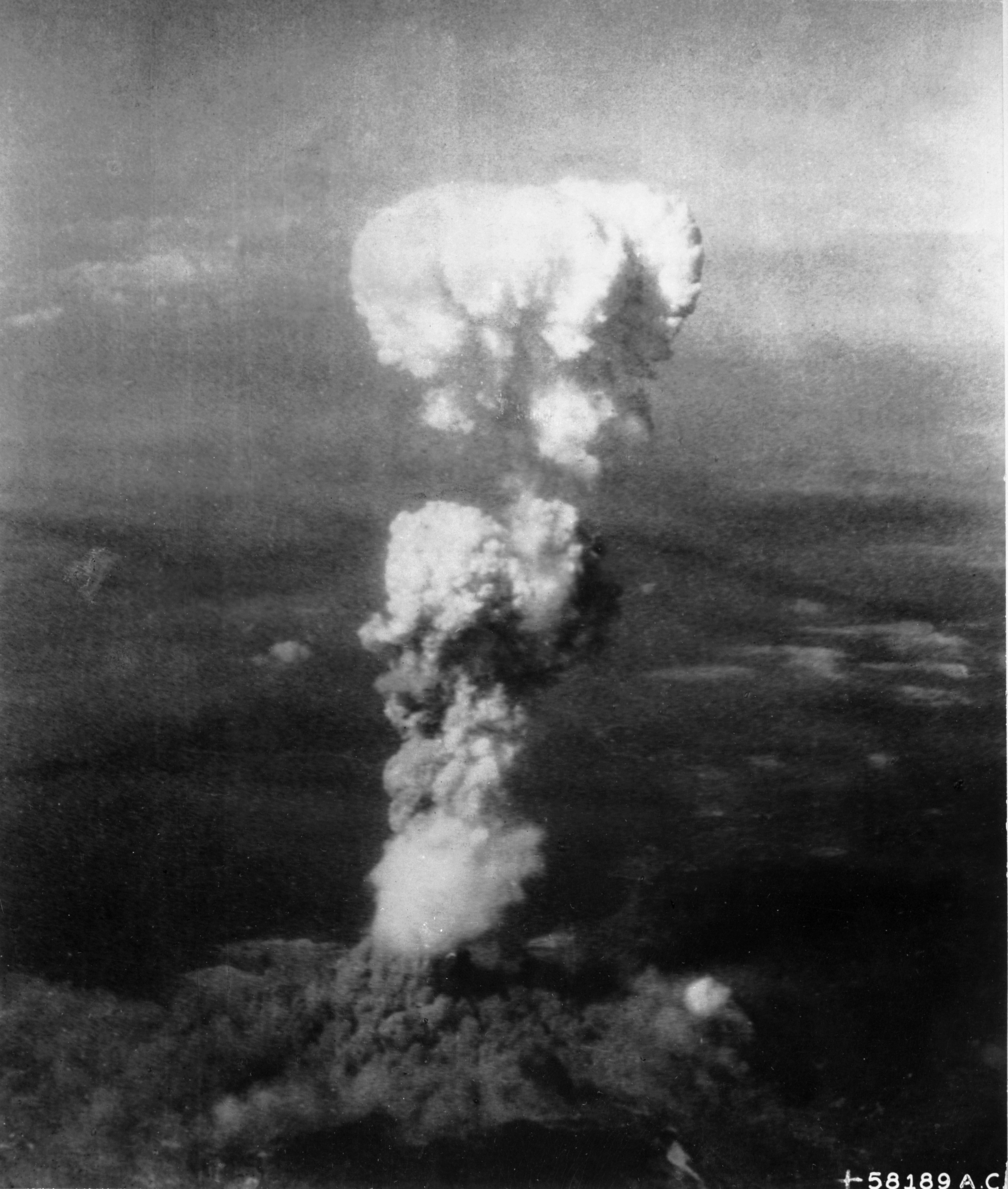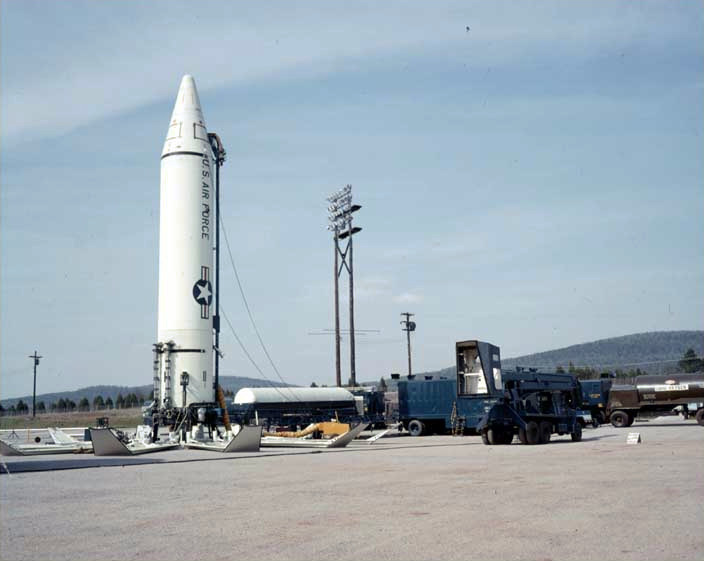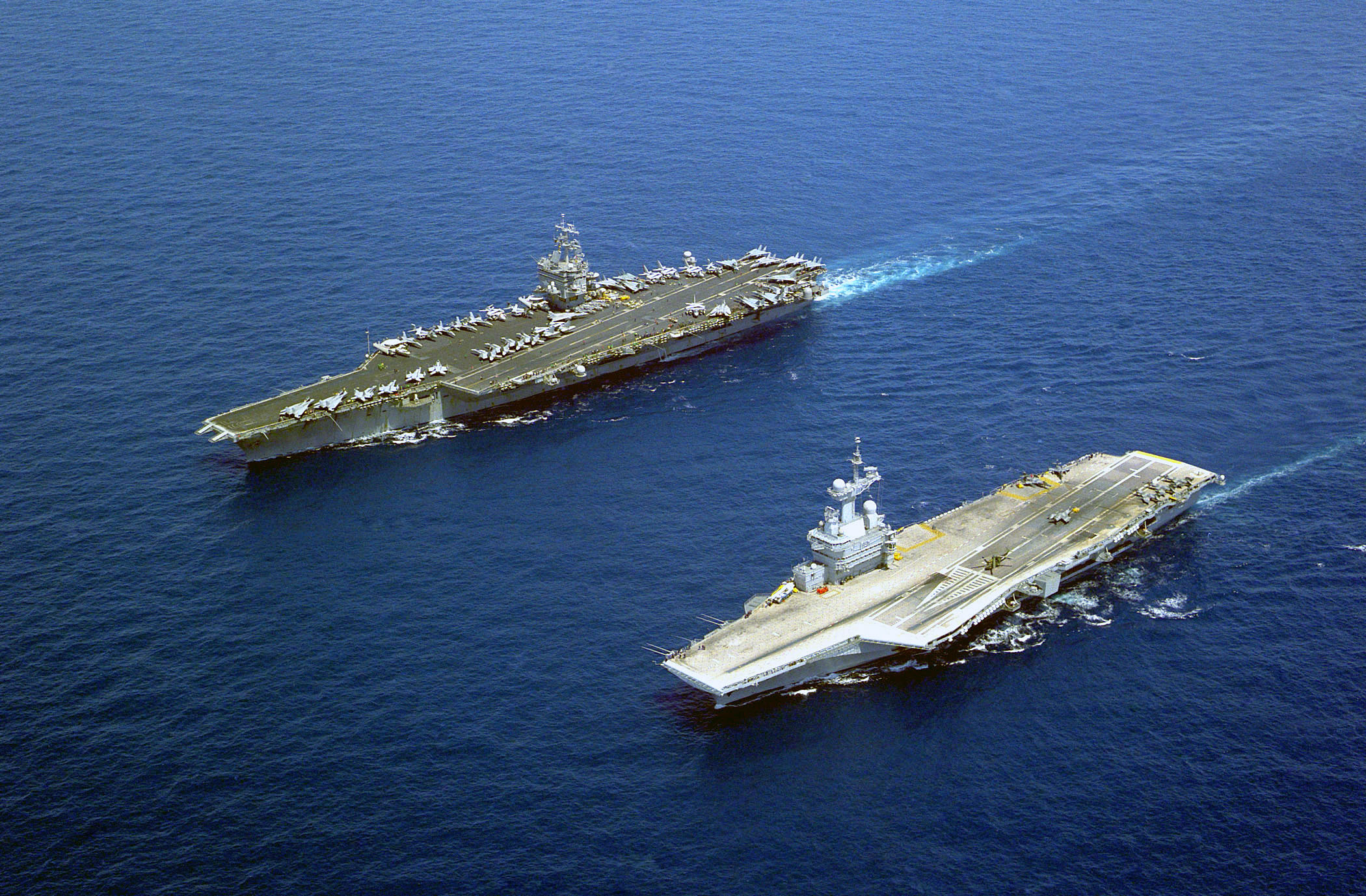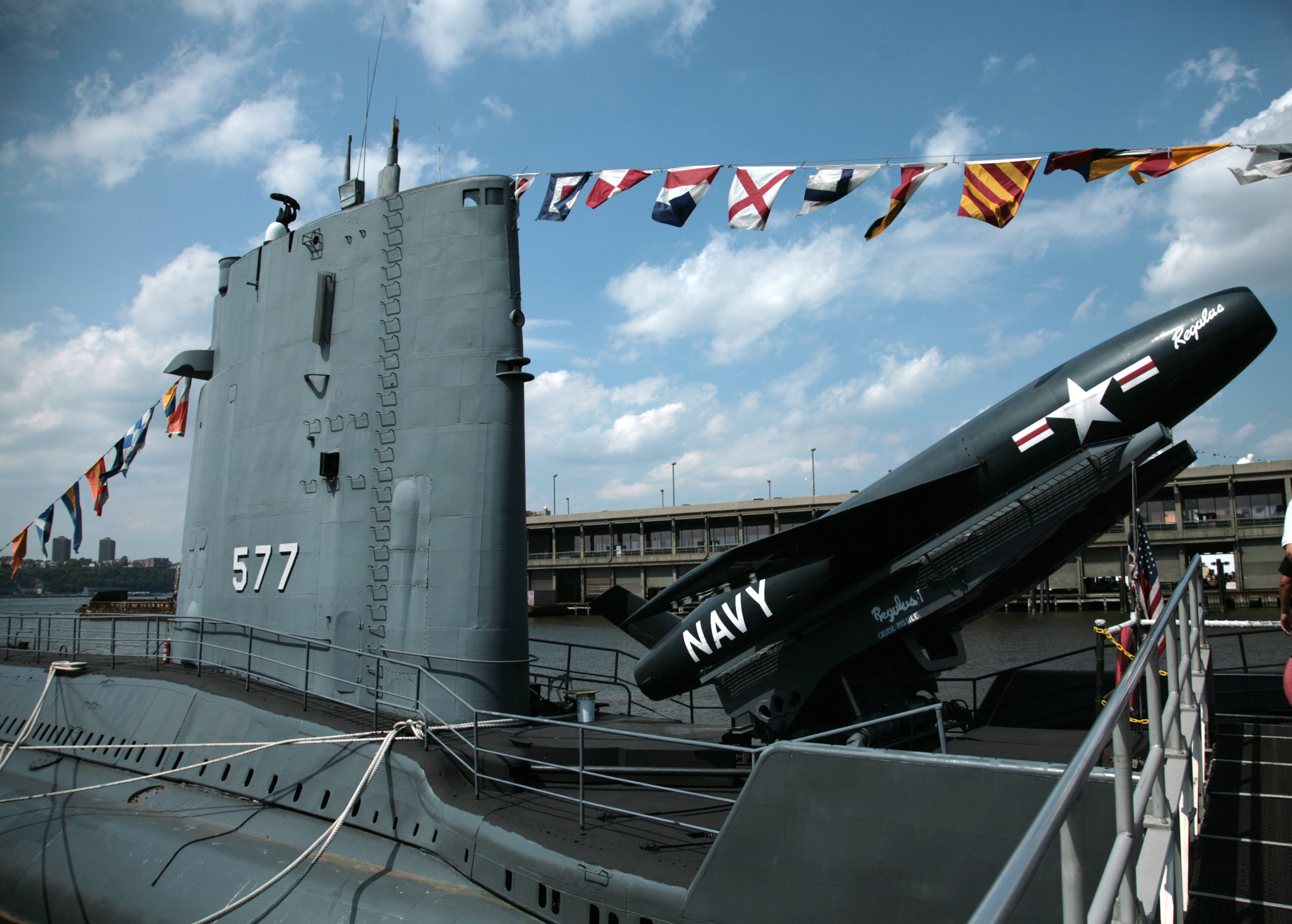|
Nuclear Proliferation
Nuclear proliferation is the spread of nuclear weapons to additional countries, particularly those not recognized as List of states with nuclear weapons, nuclear-weapon states by the Treaty on the Non-Proliferation of Nuclear Weapons, commonly known as the ''Non-Proliferation Treaty'' or ''NPT''. Nuclear proliferation occurs through the spread of fissile material, and the technology and capabilities needed to produce it and to Nuclear weapon design, design and manufacture nuclear weapons. In a modern context, it also includes the spread of nuclear weapons to non-state actors. Proliferation has been opposed by many nations with and without nuclear weapons, as governments fear that more countries with nuclear weapons will increase the possibility of nuclear warfare (including the so-called countervalue targeting of civilians), de-stabilize international relations, or infringe upon the principle of Sovereign state, state sovereignty. Conversely, supporters of deterrence theory arg ... [...More Info...] [...Related Items...] OR: [Wikipedia] [Google] [Baidu] |
Atomic Spy
Atomic spies or atom spies were people in the United States, the United Kingdom, and Canada who are known to have illicitly given information about nuclear weapons production or design to the Soviet Union during World War II and the early Cold War. Exactly what was given, and whether everyone on the list gave it, are still matters of some scholarly dispute. In some cases, some of the arrested suspects or government witnesses had given strong testimonies or confessions which they recanted later or said were fabricated. Their work constitutes the most publicly well-known and well-documented case of nuclear espionage in the history of nuclear weapons. At the same time, numerous nuclear scientists wanted to share the information with the world scientific community, but this proposal was firmly quashed by the United States government. Atomic spies were motivated by a range of factors. Some, such as ideology or a belief in communism, were committed to advancing the interests of the S ... [...More Info...] [...Related Items...] OR: [Wikipedia] [Google] [Baidu] |
Nuclear Warfare
Nuclear warfare, also known as atomic warfare, is a War, military conflict or prepared Policy, political strategy that deploys nuclear weaponry. Nuclear weapons are Weapon of mass destruction, weapons of mass destruction; in contrast to conventional warfare, nuclear warfare can produce destruction in a much shorter time and can have a long-lasting radiological warfare, radiological result. A major nuclear exchange would likely have long-term effects, primarily from the Nuclear fallout, fallout released, and could also lead to secondary effects, such as "nuclear winter", nuclear famine, and societal collapse. A global thermonuclear war with Cold War-era stockpiles, or even with the current smaller stockpiles, may lead to various scenarios including human extinction. To date, the only use of nuclear weapons in armed conflict occurred in 1945 with the American atomic bombings of Hiroshima and Nagasaki. On August 6, 1945, a uranium Nuclear weapon design, gun-type device (code name ... [...More Info...] [...Related Items...] OR: [Wikipedia] [Google] [Baidu] |
Nuclear Weapons Testing
Nuclear weapons tests are experiments carried out to determine the performance of nuclear weapons and the effects of Nuclear explosion, their explosion. Nuclear testing is a sensitive political issue. Governments have often performed tests to signal strength. Because of their destruction and fallout, testing has seen opposition by civilians as well as governments, with international bans having been agreed on. Thousands of tests have been performed, with most in the second half of the 20th century. The first nuclear device was detonated as a test by the United States at the Trinity site in New Mexico on July 16, 1945, with a yield approximately TNT equivalent, equivalent to 20 kilotons of TNT. The first thermonuclear weapon technology test of an engineered device, codenamed Ivy Mike, was tested at the Enewetak Atoll in the Marshall Islands on November 1, 1952 (local date), also by the United States. The largest nuclear weapon ever tested was the Tsar Bomba of the Soviet Union at ... [...More Info...] [...Related Items...] OR: [Wikipedia] [Google] [Baidu] |
Nuclear Arms Race
The nuclear arms race was an arms race competition for supremacy in nuclear warfare between the United States, the Soviet Union, and their respective allies during the Cold War. During this same period, in addition to the American and Soviet nuclear stockpiles, other countries developed nuclear weapons, though no other country engaged in Nuclear weapon design, warhead production on nearly the same scale as the two superpowers. The race began during World War II, dominated by the Western Allies' Manhattan Project and Soviet atomic spies. Following the atomic bombings of Hiroshima and Nagasaki, the Soviet Union accelerated Soviet atomic bomb project, its atomic bomb project, resulting in the RDS-1 test in 1949. Both sides then pursued an all-out effort, realizing deployable thermonuclear weapons by the mid-1950s. The arms race in Nuclear weapons testing, nuclear testing culminated with the 1961 Tsar Bomba. Atmospheric testing was ended in the 1963 Partial Nuclear Test Ban Treaty. S ... [...More Info...] [...Related Items...] OR: [Wikipedia] [Google] [Baidu] |
Atomic Bombings Of Hiroshima And Nagasaki
On 6 and 9 August 1945, the United States detonated two atomic bombs over the Japanese cities of Hiroshima and Nagasaki, respectively, during World War II. The aerial bombings killed between 150,000 and 246,000 people, most of whom were civilians, and remain the only uses of Nuclear warfare, nuclear weapons in an armed conflict. Surrender of Japan, Japan announced its surrender to the Allies on 15 August, six days after the bombing of Nagasaki and the Soviet–Japanese War, Soviet Union's declaration of war against Japan and Soviet invasion of Manchuria, invasion of Manchuria. The Japanese government signed an Japanese Instrument of Surrender, instrument of surrender on 2 September, End of World War II in Asia, ending the war. In the final year of World War II, the Allies of World War II, Allies prepared for a costly Operation Downfall, invasion of the Japanese mainland. This undertaking was preceded by a Air raids on Japan, conventional bombing and firebombing campaign that de ... [...More Info...] [...Related Items...] OR: [Wikipedia] [Google] [Baidu] |
France And Weapons Of Mass Destruction
France is one of the five "Nuclear Weapons States" under the Treaty on the Non-Proliferation of Nuclear Weapons, but is not known to possess or develop any chemical or biological weapons. France is the only member of the European Union to possess independent (non-NATO) nuclear weapons. France was the fourth country to test an independently developed nuclear weapon, doing so in 1960 under the government of Charles de Gaulle. The French military is currently thought to retain a weapons stockpile of around 290 operational (deployed) nuclear warheads, making it the fourth-largest in the world, speaking in terms of warheads, not megatons. The weapons are part of the country's '' Force de dissuasion'', developed in the late 1950s and 1960s to give France the ability to distance itself from NATO while having a means of nuclear deterrence under sovereign control. France did not sign the Partial Nuclear Test Ban Treaty, which gave it the option to conduct further nuclear tests unt ... [...More Info...] [...Related Items...] OR: [Wikipedia] [Google] [Baidu] |
Soviet Atomic Bomb Project
The Soviet atomic bomb project was authorized by Joseph Stalin in the Soviet Union to develop nuclear weapons during and after World War II. Russian physicist Georgy Flyorov suspected that the Allied powers were secretly developing a " superweapon" since 1939. Flyorov urged Stalin to start a nuclear program in 1942. Early efforts mostly consisted of research at Laboratory No. 2 in Moscow, and intelligence gathering of Soviet-sympathizing atomic spies in the US Manhattan Project. Subsequent efforts involved plutonium production at Mayak in Chelyabinsk and weapon research and assembly at KB-11 in Sarov. After Stalin learned of the atomic bombings of Hiroshima and Nagasaki, the nuclear program was accelerated through intelligence gathering about the Manhattan Project and German nuclear weapon project. Espionage coups, especially via Klaus Fuchs and David Greenglass, included detailed descriptions of the implosion-type Fat Man bomb and plutonium production. In the final mo ... [...More Info...] [...Related Items...] OR: [Wikipedia] [Google] [Baidu] |
Japanese Nuclear Weapons Program
During World War II, Empire of Japan, Japan had several programs exploring the use of nuclear fission for military technology, including nuclear reactors and nuclear weapons. Like the German_nuclear_program_during_World_War_II, similar wartime programs in Nazi Germany, it was relatively small, suffered from an array of problems brought on by lack of resources and wartime disarray, and was ultimately unable to progress beyond the laboratory stage during the war. Today, Japan has no known nuclear weapons programs. It is a signatory in good standing of the Nuclear Non-Proliferation Treaty and has enacted Japan's non-nuclear weapons policy, domestic legal prohibitions against producing nuclear weapons. However, it is unique among non-nuclear weapons states in that it possesses a full nuclear fuel cycle, as part of its nuclear energy in Japan, civilian nuclear energy industry, and advanced developments in the industries necessary to make nuclear weapons. As a result, it is often ci ... [...More Info...] [...Related Items...] OR: [Wikipedia] [Google] [Baidu] |
German Nuclear Program During World War II
Nazi Germany Nazi Germany, officially known as the German Reich and later the Greater German Reich, was the German Reich, German state between 1933 and 1945, when Adolf Hitler and the Nazi Party controlled the country, transforming it into a Totalit ... undertook several research programs relating to nuclear technology, including nuclear weapons and nuclear reactors, before and during World War II. These were variously called () or (). The first effort started in April 1939, just months after the discovery of nuclear fission in Berlin in December 1938, but ended shortly ahead of the September 1939 Invasion of Poland, German invasion of Poland, for which many German physicists were drafted into the . A second effort under the administrative purview of the 's began on September 1, 1939, the day of the invasion of Poland. The program eventually expanded into three main efforts: (nuclear reactor) development, uranium and heavy water production, and uranium isotope s ... [...More Info...] [...Related Items...] OR: [Wikipedia] [Google] [Baidu] |
Manhattan Project
The Manhattan Project was a research and development program undertaken during World War II to produce the first nuclear weapons. It was led by the United States in collaboration with the United Kingdom and Canada. From 1942 to 1946, the project was directed by Major General Leslie Groves of the United States Army Corps of Engineers, U.S. Army Corps of Engineers. Nuclear physicist J. Robert Oppenheimer was the director of the Los Alamos Laboratory that designed the bombs. The Army program was designated the Manhattan District, as its first headquarters were in Manhattan; the name gradually superseded the official codename, Development of Substitute Materials, for the entire project. The project absorbed its earlier British counterpart, Tube Alloys, and subsumed the program from the American civilian Office of Scientific Research and Development. The Manhattan Project employed nearly 130,000 people at its peak and cost nearly US$2 billion (equivalent to about $ b ... [...More Info...] [...Related Items...] OR: [Wikipedia] [Google] [Baidu] |
Nuclear Peace
Nuclear may refer to: Physics Relating to the nucleus of the atom: *Nuclear engineering *Nuclear physics *Nuclear power *Nuclear reactor *Nuclear weapon *Nuclear medicine *Radiation therapy *Nuclear warfare Mathematics * Nuclear space *Nuclear operator * Nuclear congruence *Nuclear C*-algebra Biology Relating to the nucleus of the cell: * Nuclear DNA Society *Nuclear family, a family consisting of a pair of adults and their children Music * "Nuclear" (band), chilean thrash metal band * "Nuclear" (Ryan Adams song), 2002 *"Nuclear", a song by Mike Oldfield from his ''Man on the Rocks'' album * ''Nu.Clear'' (EP) by South Korean girl group CLC Films * ''Nuclear'' (film), a 2022 documentary by Oliver Stone. See also *Nucleus (other) *Nucleolus *Nucleation *Nucleic acid Nucleic acids are large biomolecules that are crucial in all cells and viruses. They are composed of nucleotides, which are the monomer components: a pentose, 5-carbon sugar, a phosphate group and a n ... [...More Info...] [...Related Items...] OR: [Wikipedia] [Google] [Baidu] |
Deterrence Theory
Deterrence theory refers to the scholarship and practice of how threats of using force by one party can convince another party to refrain from initiating some other course of action. The topic gained increased prominence as a military strategy during the Cold War with regard to the use of nuclear weapons and is related to but distinct from the concept of mutual assured destruction, according to which a full-scale nuclear attack on a power with second-strike capability would devastate both parties. The central problem of deterrence revolves around how to credibly threaten military action or nuclear punishment on the adversary despite its costs to the deterrer. Deterrence in an international relations context is the application of deterrence theory to avoid conflict. Deterrence is widely defined as any use of threats (implicit or explicit) or limited force intended to dissuade an actor from taking an action (i.e. maintain the status quo). Deterrence is unlike compellence, which ... [...More Info...] [...Related Items...] OR: [Wikipedia] [Google] [Baidu] |

